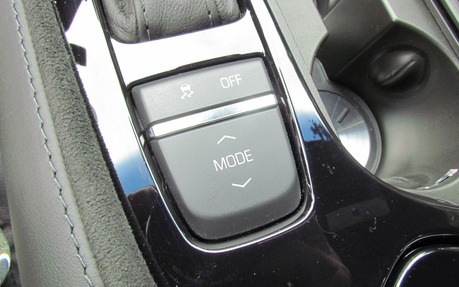Traction Control: From the Race Track to the Law Books
In 2016, we no longer pay much attention to the various driver aides in our vehicles, even though they’re more numerous than ever, ranging from parking-assist sensors to the various systems that facilitate semi-autonomous driving.
Traction control is just one of these systems, and it’s got a pretty interesting history. Once used by race car drivers to optimize their performance (and maybe even to cheat, on occasion), traction control technology eventually made its way into production vehicles and is now considered required equipment for modern vehicles.
First, it’s important to make the distinction between traction control and stability control. Traction control limits the speed of the driven wheels to ensure they don’t spin without actual grip, whereas stability control makes sure your vehicle doesn’t skid sideways.
Traction control works in different ways, depending on your vehicle. When the onboard computer detects that a powered wheel is spinning faster than it should be, the system slows it down by applying the brake to that wheel via the anti-lock braking system. If that’s not enough, the electronics can even reduce engine power by cutting off fuel supply.
This technology is incredibly useful in production cars and can be credited for greatly reducing the risk of accidents—because when driven wheels start to slip, a loss of control often follows. According to certain studies, traction control could prevent up to 90% of rollovers, and dramatically reduce the number of deaths resulting from car crashes.
In 2012, a new law was adopted in North America, requiring all new vehicles to include traction control as part of the standard equipment.
